Understanding DC Motor Optical Encoders
DC motor optical encoders are pivotal components in modern automation and control systems. These devices convert the rotary position of a motor shaft into a digital signal, allowing precise control of motion. Optical encoders are typically used in applications where accurate positioning is crucial, such as robotics, industrial controls, and aerospace technology.
Types of DC Motor Optical Encoders
There are two primary types of optical encoders: incremental and absolute. Incremental encoders provide a series of pulses as the encoder shaft rotates, offering information about the motion of the shaft. In contrast, absolute encoders deliver a unique digital code for each shaft position, which means the exact position is known without the need to track the number of pulses from a reference point.
Applications and Features
DC motor optical encoders are integral in various applications. They are found in inkjet printers, where precise movement is necessary for accurate printing, and in machining tools that require exact positioning. The features of these encoders, such as their resolution, which can range from a few counts per revolution to thousands, make them versatile for both simple and complex tasks.
Materials and Advantages
The construction of optical encoders often involves durable materials like glass or plastic for the code disk, which is a critical component. The use of such materials ensures reliability and longevity, which are essential for consistent performance. The advantage of using a DC motor optical encoder is its precision in feedback for positioning and speed control, which is vital for applications demanding high accuracy.
Selection Considerations
When selecting a DC motor optical encoder, it is important to consider the encoder's resolution, output type, and environmental resistance. Factors such as linear encoders for specific mechanical applications or rotary encoders for general purposes also play a role in the selection process. These considerations ensure the encoder is well-suited for the intended application.
Ensuring System Integration
For systems that bridge mechanical operations with digital control, such as semiconductor equipment, the integration of a suitable DC motor optical encoder is crucial. These encoders facilitate the seamless conversion of analog movements into digital signals, enabling smart, integrated system operations. Whether for small devices or large industrial machinery, the role of optical encoders in the Internet of Things (IoT) is indispensable for creating interconnected and responsive systems.
Embedding a DC motor optical encoder into your system enhances precision and reliability, ensuring your machinery's performance aligns with the demands of today's digital landscape. With a variety of encoders available, finding the right fit for your application is straightforward, without the need for extensive customization.









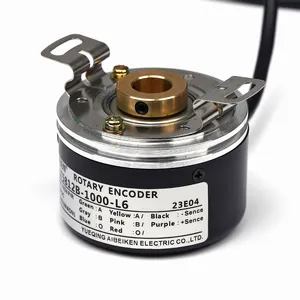

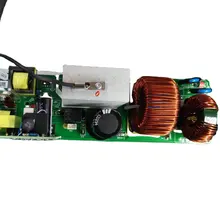

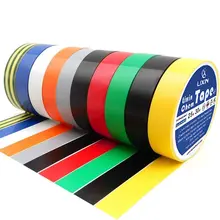



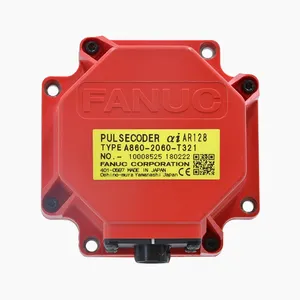
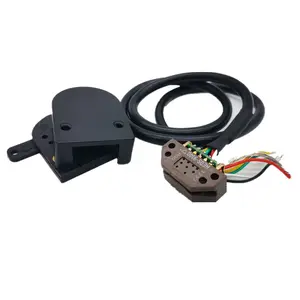
























 浙公网安备 33010002000092号
浙公网安备 33010002000092号 浙B2-20120091-4
浙B2-20120091-4